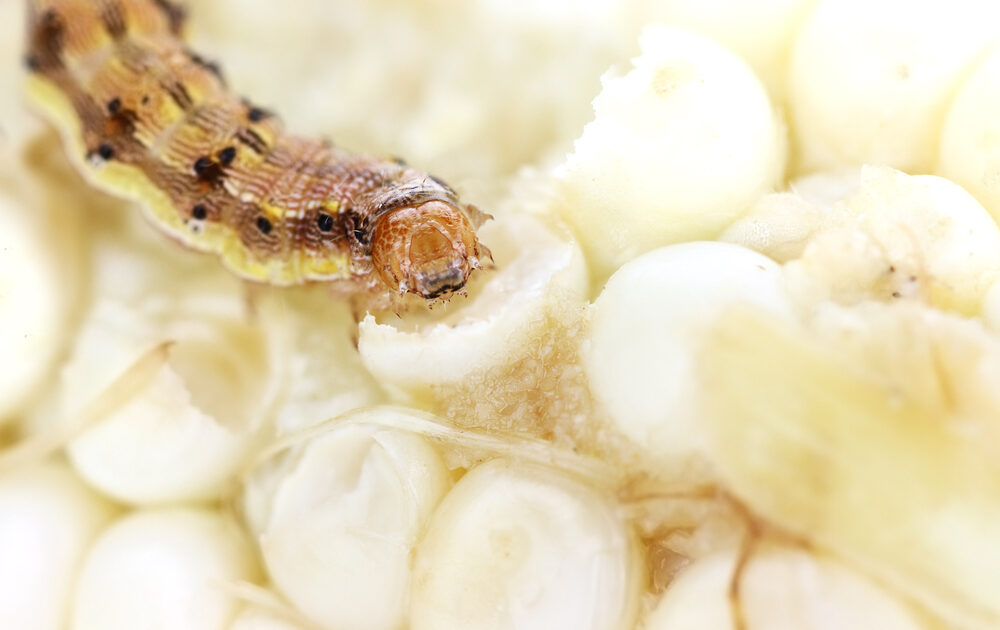Could Caterpillar Poop Take Down the Pesticide Industry?

They’re cute and fuzzy slow-moving creatures awaiting their transformation into fall armyworm moths, but these caterpillars may have another transformation in tow: turning their (presumably) cute caterpillar poop into a natural pesticide.
That’s the findings of recent research conducted by Penn State’s College of Agricultural Sciences. The paper looks at the fall armyworm larvae in its caterpillar stage, before it becomes the fall armyworm moth. According to Modern Farmer, “The caterpillar feeds on corn leaves, which can have a pretty nasty effect on the plant’s ability to survive and produce usable corn for farmers. Corn has natural defenses against caterpillars like the armyworm; plant defenses usually include the ability to send out foul-tasting enzymes to discourage pests from eating it, but somehow those defenses don’t work against the armyworm caterpillar.”
When the caterpillar poops out those bits of leaves (caterpillar poop is called “frass”), it sends a signal to the corn plant that triggers a fungal defense reaction, which actually makes it easier for the caterpillar to eat the leaves. And it’s caught the eyes of scientists who think that caterpillar poop may also play a role as a natural pesticide that could replace the millions of tons of pesticides used on our crops each year.
“[B]ecause it merely triggers the plant to do what it’s evolved to do anyway,” Modern Farmer reports, this could be a major stepping stone for agricultural pest control. The vast majority of industrial pest (and weed) killers attack weaknesses in the offending pests (or plants), killing them. While this method may protect a crop against infestation and insure a farmer meets his yield, growing research points to significant health risks to humans from pesticide exposure.
Numerous pests have developed resistance to commercial pesticides, which has led farmers to apply chemicals more aggressively, as well as turn to stronger chemicals. But if plants can be encouraged to create their own defenses, they may also evolve adaptability, making them capable of fighting off predators no matter what they try. Triggering plants to use their own defense systems is kind of like training them to be caterpillars themselves: capable of incredible transformations.
Find Jill on Twitter and Instagram
Related on Organic Authority
EPA Announces Tougher Rules to Protect Farm Workers from Pesticide Poisoning
Increased Childhood Cancer Risk Linked to Pesticides in the Home, Study Finds
It’s Definitely the Pesticides: Study Confirms Honeybee Deaths Linked to Agrochemicals
Caterpillar image via Shutterstock

